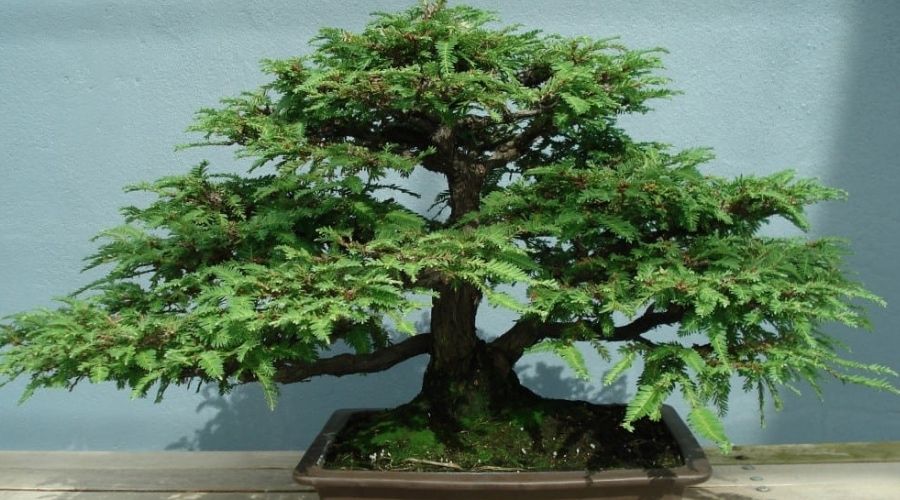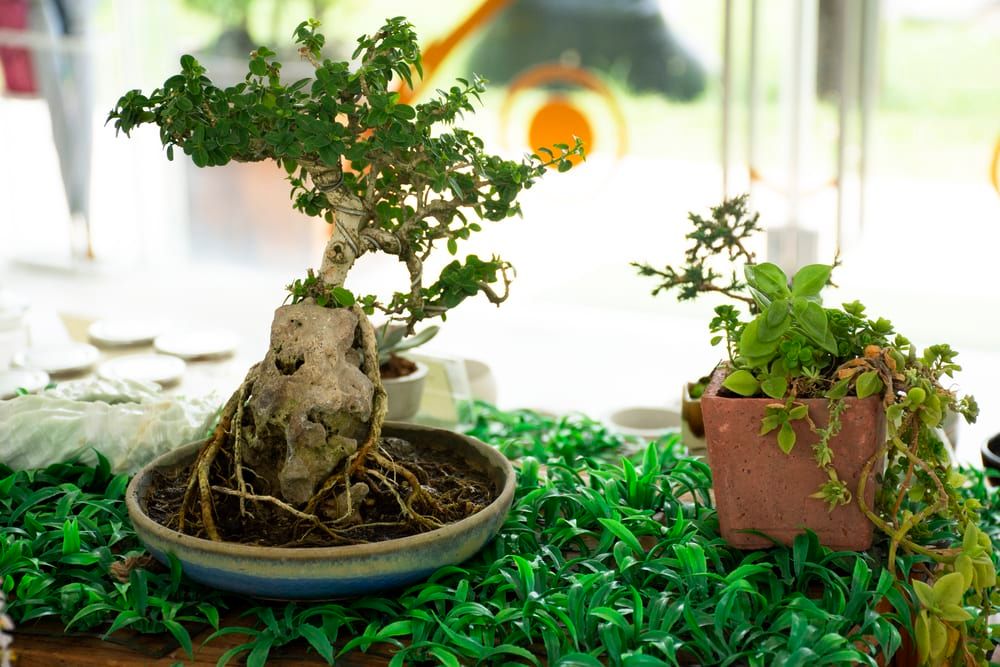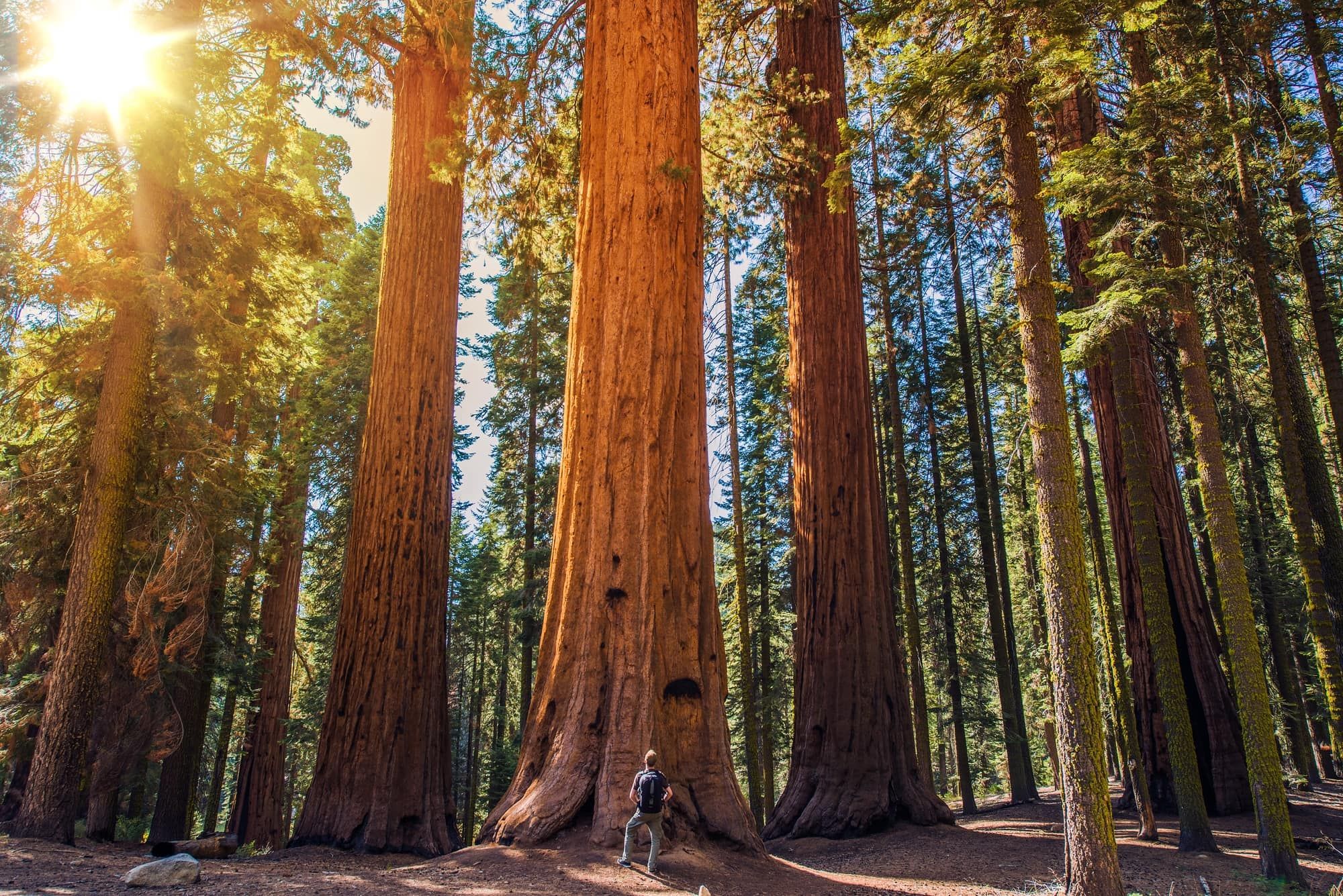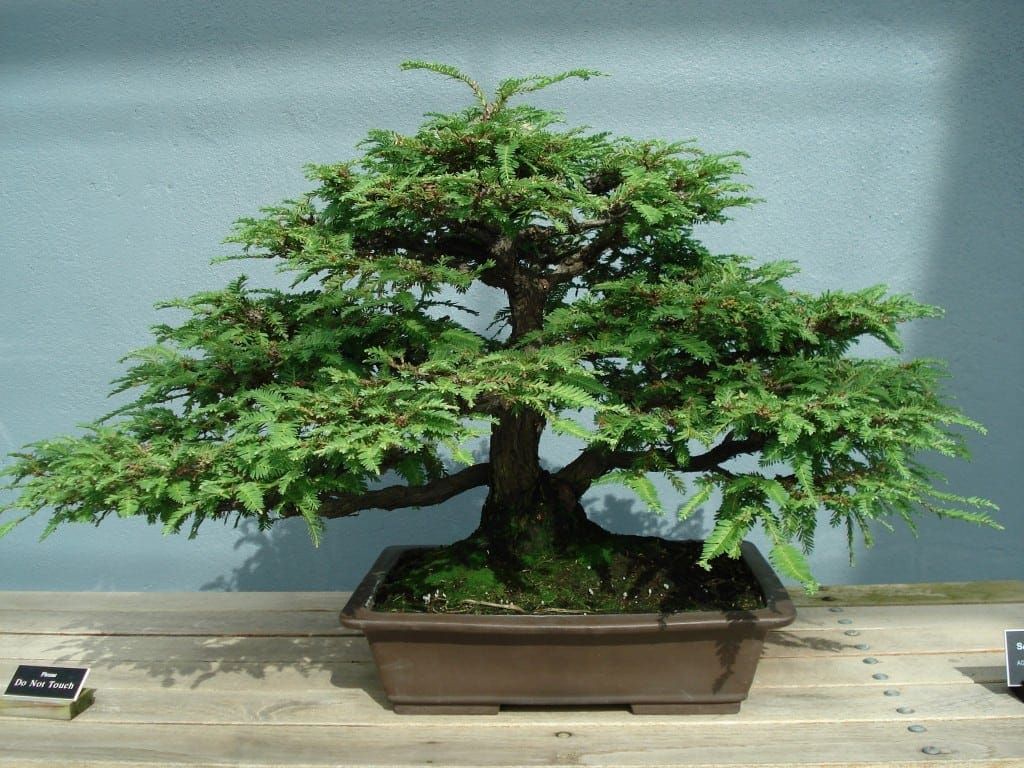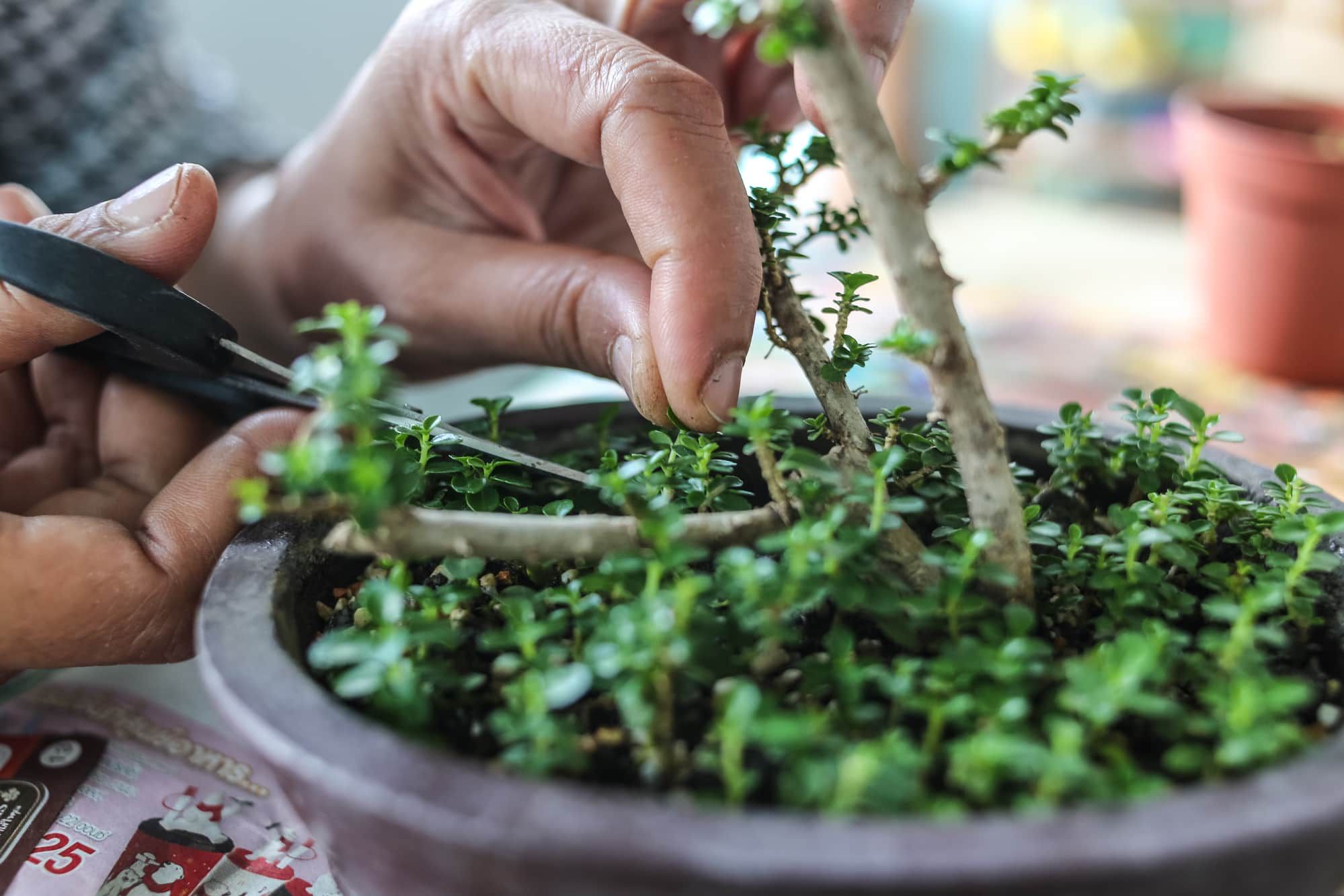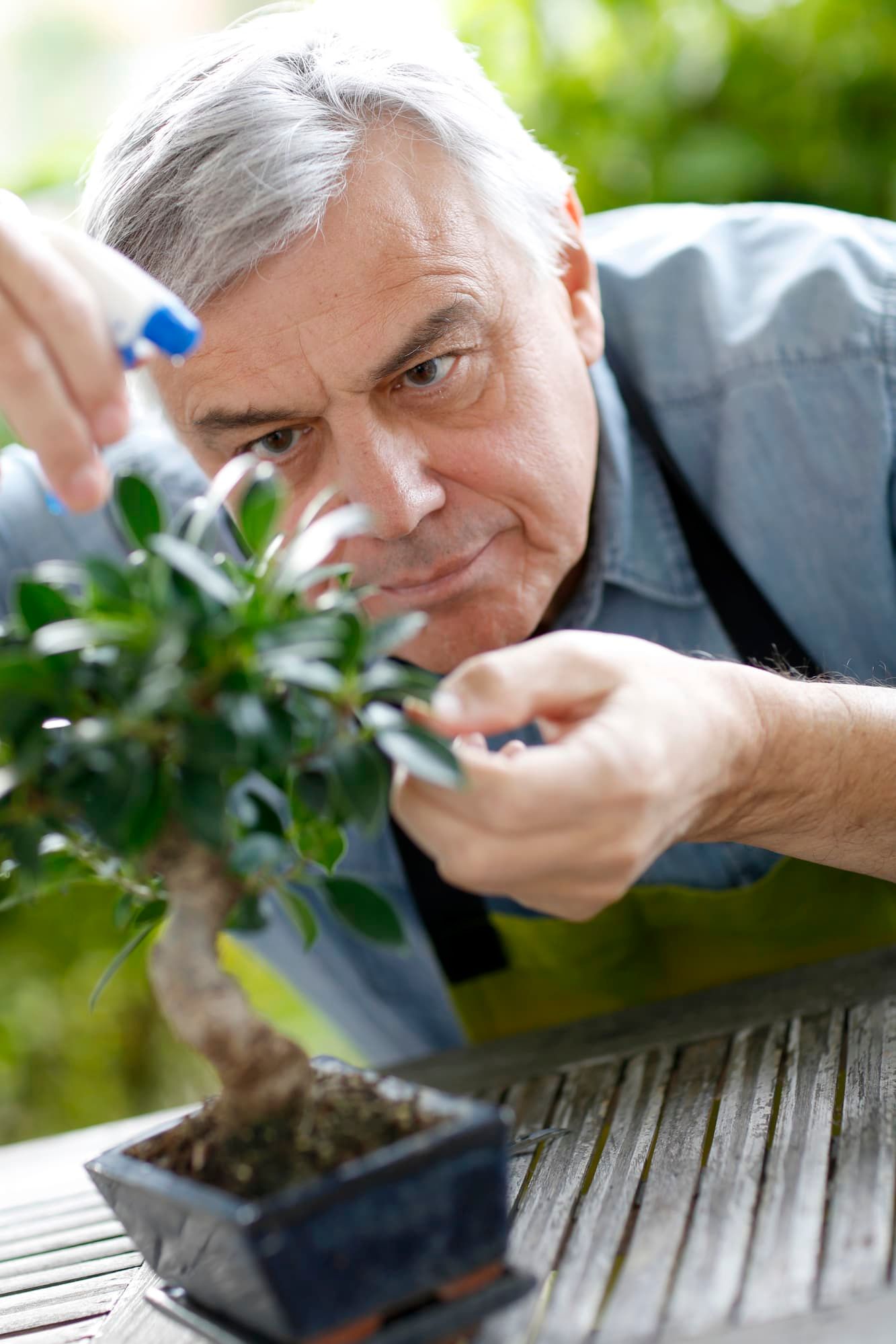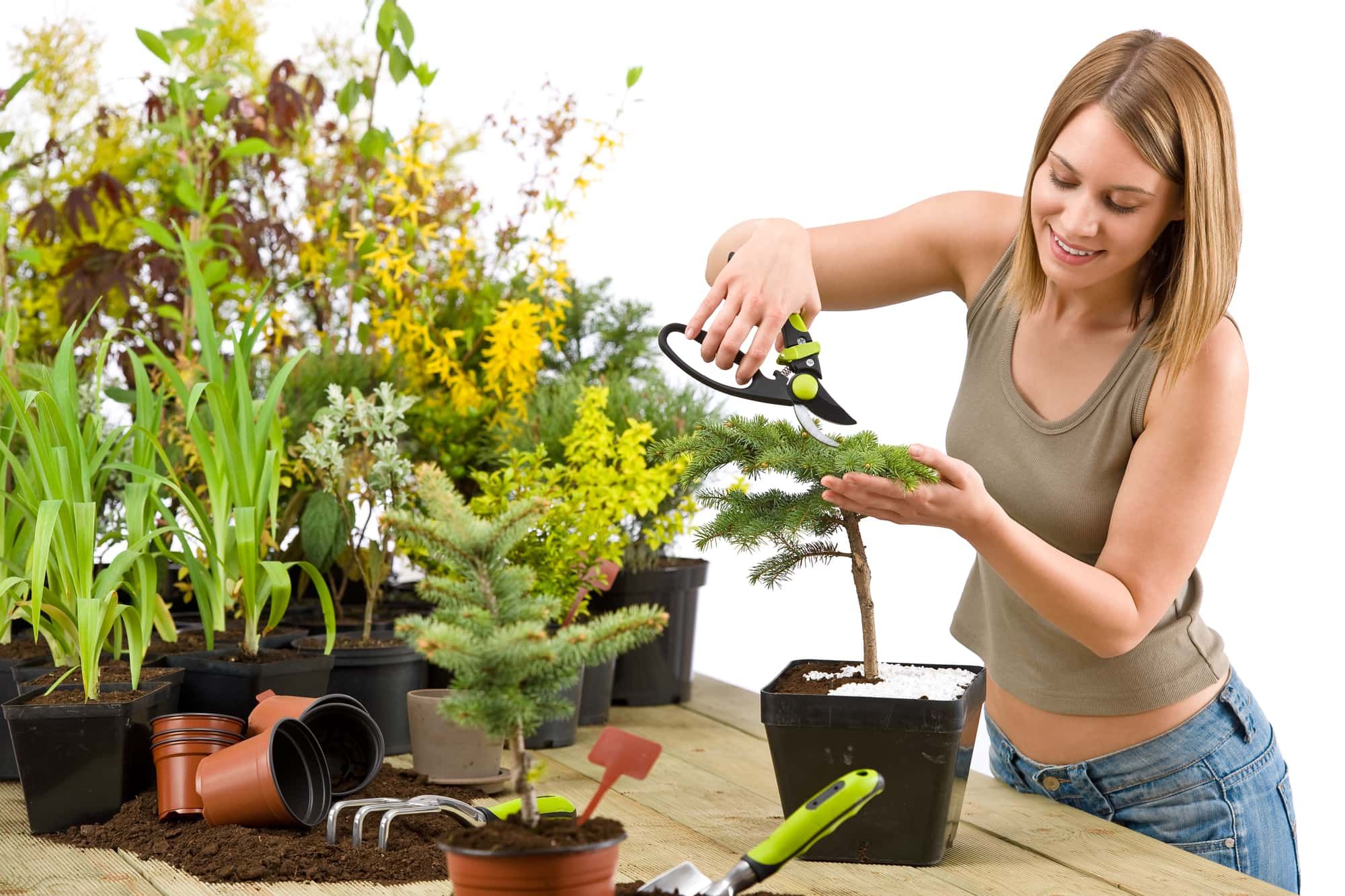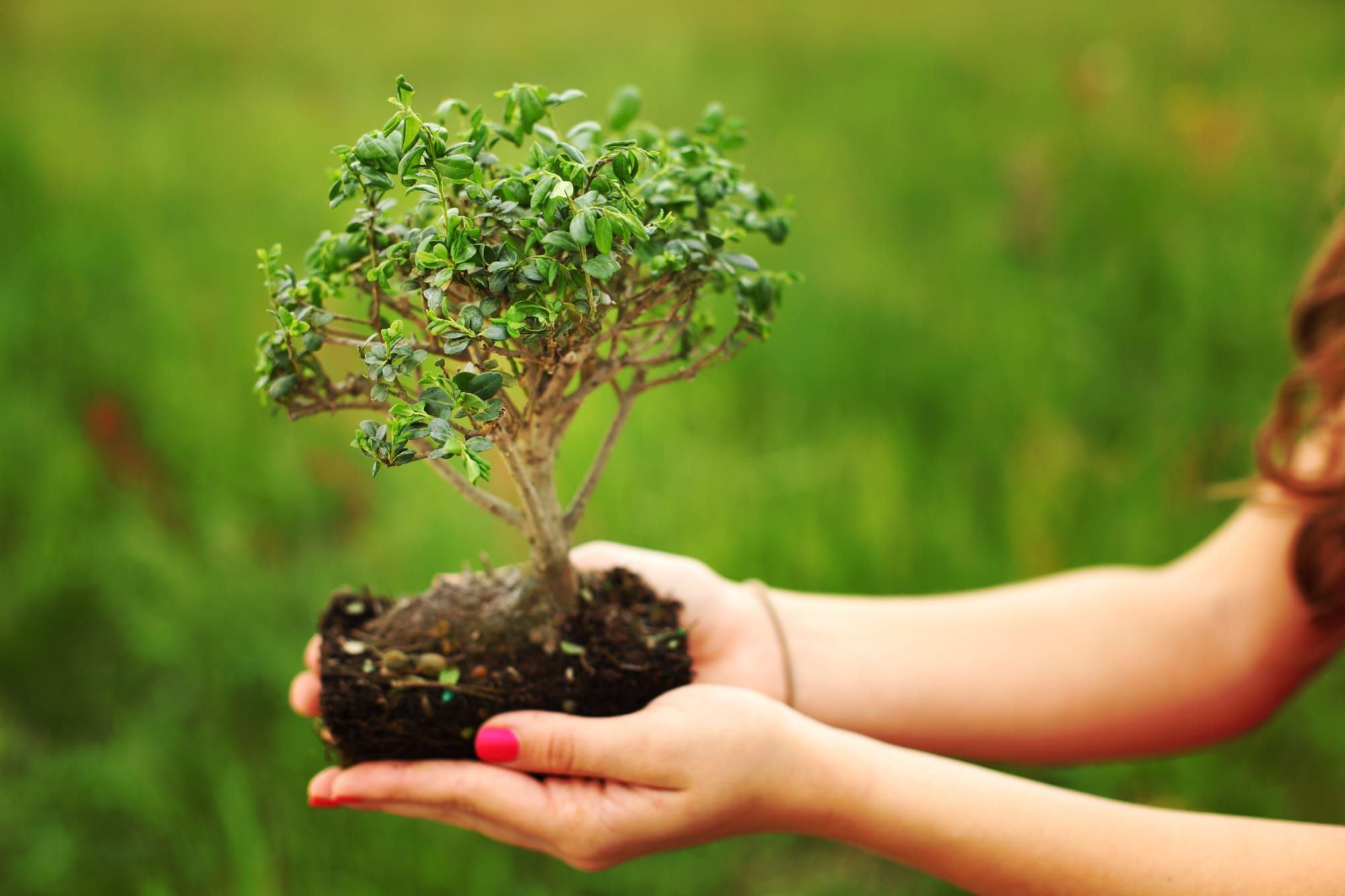One of the best things about being a house owner and having even the smallest yard is that you can afford the luxury of planting your own trees. Sadly, most people that live in apartments never get the chance to feel the satisfaction of growing something so majestic. But what if there was a way to grow trees at a smaller scale? Bonsai is a term no longer a stranger to anyone. It is an art that blends Asian culture with horticultural techniques so that one can grow miniature trees.
Short Bonsai History
The word itself is Japanese, but the art of Bonsai was first born in China. It was a hobby that only the elite could enjoy, as Bonsai trees were luxurious gifts spread throughout China’s aristocrats. When Japan started adopting elements from the Chinese culture, the art of Bonsai way first introduced to Japan.
Slowly, but surely, the Japanese started developing their own tree-growth techniques, partly influenced by Zen Buddhism.
Bonsai trees made their official entry to the west some hundreds of years ago. A Spanish description dating back to 1604 first spoke of the Chinese immigrants that were growing miniature ficus trees. During the following century, a lot more reports talked about dwarf trees. In 1902, the first book on Japanese dwarf trees written published by a European country (France) first appeared. Then, in 1940, one was published in English.
Today, there are more than 1,200 books related to the art of Bonsai, written in 26 different languages.
Sequoia Trees
In order to understand how truly fascinating the art of growing Bonsai trees is, we have to discuss the magnificence of the tree itself. Giant sequoias are the Earth’s largest single trees. They can grow up to a height of 164 to 279 feet and can measure up to 26 feet in diameter. There were also some records established by trees that grew as tall as 311 feet. Even more, they can have branches that measure even 8 feet in diameter and a bark that can grow to be 3 feet thick.
But there are a lot more fascinating facts about Sequoia trees. Because they can only grow in very specific climates, there are few naturally grown Sequoia trees. They can live up to 3,000 years: General Sherman (a giant Sequoia), is 2,700 years old, has a volume of 52,508 cubic feet and is 275 feet tall. Even more, it weighs 2.7 million pounds and is the largest living organism in the world.
Because of their majestic appearance, they are also very hardy. They can resist rot caused by fungi, damage done by wood beetles and they bark is flame-resistant. Even in terms of reproduction, they are amazing. Since they reproduce with the help of the seeds that can live inside a cone for up to 20 years, they are often cracked open by forest fires. The seeds can grow from the burnt ground (reminds you of the phoenix rising from the ashes, doesn’t it?). A Sequoia can have up to 11,000 pine cones during its lifetime. On average, a cone has somewhere in between 30 to 50 scales where the seeds can be found and only one of them needs to reproduce to perpetuate the Sequoia species.
What’s even more fascinating about the giant Sequoia tree is that it never stops growing. It will literally get taller by the day until it dies. This is quite uncommon, as most plants and animal species reach a certain level of maturity and stop growing.
Redwood Bonsai Tree - General Information
There are 3 species of Sequoia that can be used in the art of Bonsai: Dawn Redwood, the Coast Redwood and the Giant Sequoia (seldom used, but still possible). Also known as Metasequoia glyptostroboides, these Redwood trees come from China and are characterized by having thin and flat leaves, particularly similar to needles. Redwood Bonsai trees are a commonly-grown species amongst Bonsai enthusiasts.
Native to the Pacific Rim, the Wellington is probably the most well-known example of Redwood. Both beginners and experts in the art of Bonsai grow these miniature trees. They grow rather quickly and you can get to see the results in just a few years. You can use wiring to shape them up to a certain point because overuse of the wire can lead to an unhealthy tree.
While similar in appearance to the Wellington Redwood, the Giant Sequoia is a different tree altogether. While it still is a beautiful tree, the Giant Sequoia is not that easy to grow in its Bonsai form. That’s because the wood itself is so brittle, it’s very difficult to grow it to a specific shape. Redwood is a lot more flexible and you can shape it to your heart’s desire.
Cultivation & Care
The seeds of this tree are hidden within the cones of mature trees, so it’s best to work with seeds from trees that are at least 20 or 30 years of age. Even if younger trees also produce seeds, the chances of success are lower. When gathering cones to grow Redwood Bonsai, it is best to keep them in lower temperatures, like in a refrigerator. By doing so, you are pushing the cones to open on their own and expose the seeds needed for cultivation. If you place the cones inside a container, you can shake it from time to time, in order to loosen the seeds. They should be planted in the spring, preferably in a tray with fertilized and moist soil. However, you need to be patient, as it will take a few years until you start noticing growth results.
You can cut a new starter plant from an older one and then plant it in a new pot. The process requires the same meticulousness as with seed planting, as the soil needs to be moist. Rooting hormones are recommended to ensure growth.
Part of cultivating a Redwood Bonsai is air layering. This is a process is complex and it requires the replanting of the entire mature tree. If you are new to the art of Bonsai, this technique is best left aside, as it needs to be done by someone with more experience. By girdling the trunk and removing a band of cambium, you will push the tree to form new roots for replanting.
The Redwood Bonsai tree hungers for light, so it's best to cultivate it under strong sun. However, if you plan on leaving the tree outdoors, it’s important to protect it from frost. Leaving it in the sun is not threatening as long as you pay close attention to the soil. For the tree to fully thrive, it is best to leave it in moderate warmth conditions, with enough humidity. Here are a few extra tips:
- Since they are suitable for indoor and outdoor growth, Redwood bonsai trees are pretty flexible. One of the main conditions for growth is the required amount of light, combined with humidity.
- If you have (or plan to get) a Dawn Redwood Bonsai, make sure that its soil is well-drained but moist at all times. Since the species does not respond well to drought, always chest the moisture level of the soil by sinking your finger 2 inches into the surface, to make sure that the core of the pot has sufficient water.
- To get the best growth results for the Redwood Bonsai, make sure that you fertilize it starting with late spring to late summer, by using a mixture of organic Bonsai fertilizer. Make sure you never add fertilizer during the fall.
- In the summertime, you will have to prune the tree to ensure proper shaping. Redwood Bonsai trees work best with a formal or informal upright style.
- From early winter to early spring is the best time to wire your Bonsai, to make sure that it grows into the desired shape. To do so, you can start wrapping the wires around the trunks in a counterclockwise direction, while making sure that the branches and the trunks are all held in place. If you’ve placed the wires correctly, you should be able to bend the branches gently to the angle of your choice. The wires should stay in place for about 3 to 6 months before they can be removed.
- If you’re planning to re-pot your bonsai, you can do so in the springtime. This way, you can make sure that your Redwood bonsai tree is taking the most out of the fresh soil.
Watering & Fertilizing
As with a lot of other Bonsai species, the Redwood also requires watering on a regular basis. Everyday watering is important, while constantly checking the soil’s moisture as to avoid both under and overwatering. If you notice that the surface the soil starts to get dry, it’s time to add water into the container. The type of soil mixture that you use will also determine the frequency of watering. Some soil mixtures will retain more water than others, which means that you won’t need to water it all that often. Whenever there is a heat have incoming, make sure that you water the soil to ensure the tree’s survival in harsh weather conditions.
Redwood Bonsai trees aren’t that hungry for fertilizer as other miniature species. It is true that the right amount of fertilizer added at just the right time can help your tree thrive and stay healthy, but you can assess the current state of your Redwood and then determine if it actually needs fertilizer or not. In some cases, your Redwood Bonsai tree can suffer from root disorder which is generally caused by compact soil. In just a case, the tree will need fertilizers that have a high amount of phosphorus in order to encourage root growth.
The best fertilizer for a Redwood Bonsai tree is one that comes with the balanced amounts of potassium phosphorus and nitrogen. You can choose a 10-5-5 ratio, 12-6-6, or an NPK ratio of 18-6-12, as these are the ideal ratios for species such as the Dawn Redwood. It is best to avoid fertilizers that have a high nitrogen level, as this can cause issues such as canker. As a general note, the Redwood Bonsai tree works best with iron-rich fertilizers.
When it’s time to feed your Bonsai, make sure that the tree is already established (this means a waiting period of at least one year). After this initial period has passed, it’s safe to fertilize your Redwood Bonsai tree every year. The best time of the year is starting mid-autumn and until spring, as that’s when a new growth cycle starts. The fertilizer should be placed near the roots while taking into account the fact that you need about 3-5 pounds of fertilizer for every inch of the trunk’s diameter.
Even if fertilizing your tree is what supports its growth, this does not prevent or solve issues such as plant diseases. Also, be especially careful with fertilizing the tree during drought, as the salts found in these mixes can harm it.
Shaping & Pruning
As usual, there is a right and a wrong time to prune your Redwood Bonsai tree. In order to know when the right time comes, you should first know that Redwoods have a period of time in which they are dormant and this is during the late winter. This is the perfect time to start pruning the tree. By pruning, you can make sure that the tree gets a chance to recover from the last series of cuts, just in time for the spring growth. It doesn’t really matter where you live, January and February are the best pruning months because March and April days are longer and light is the sign the Redwood Bonsai tree needs to exit dormancy.
Before pruning the tree, it’s important to know that the lower branches play an essential role in giving the soil a little bit of shade. If the base of your tree is exposed to too much sunlight, it will force the appearance of suckers, which are small growths that emerge from the roots. As the name hints it, these sprouts will suck the energy from your Redwood Bonsai tree.
Shaping your tree may require you to cut through some of the existing branches. If you already have a specific growth pattern in mind, you can remove parts of the branch that extends beyond your desired shape. With a simple pair of shears, you can cut any branches with a diameter lower than 2 inches. Larger branches should be left untouched unless they are some form of plant disease. If you come across branches that are damaged or have some form of the disease, you can remove them with a 3-cut process. First, measure the branch 6 inches from the trunk and make a partial cut. Make the second full cut down an inch and finalize closer to the trunk with a full cut.
The roots of a Redwood Bonsai tree grow a lot faster compared to other species, which means that every spring, you will need to make trips to the root system. If you have a small root rake, use it to remove the soil as to reveal the roots. The cuts should be made in such a manner as to provide the roots with plenty of space inside the container. Feel free to cut as much as you feel is necessary.
Just as with the roots, branches grow pretty fast too. Overgrowth of the branches will cause imbalances in the tree’s aesthetic. As we’ve mentioned before, cutting the branches should always be done while keeping in mind the shape in which you want your Redwood Bonsai tree to grow. A lot of people prefer to cut branches at a 45 degrees angle, but this is not a mandatory requirement.
Repotting
Whenever the Redwood Bonsai tree’s roots grow too much, there is always the option of repotting. By doing so, you are also ensuring that your tree benefits from fresh compost soil and making sure that even if you have a tree with a compact root system, it has the right environment for thriving. Owners of evergreen trees should repot about 4 or 5 years, while those who have deciduous trees should consider repotting every 2 to 3 years. However, this is not a strict schedule, as it will highly depend on the growth rate of your own Redwood Bonsai tree. The best time of the year to repot your tree is in the middle of the summer.
The first step towards repotting is removing both the tree and the soil from its initial container. Feel free to prune some of the roots in case of overgrowth, as long as you remember that you shouldn’t trim more than ¼ of the root’s mass. If needed, you can choose to place the Redwood Bonsai tree in a completely new pot. Make sure that the pot has some mesh or screen that covers its drainage holes. This prevents the water from being drained to fast and it also makes sure that no soil falls through the holes.
Next, you need to add a thin layer of gravel at the bottom of the pot and then add fresh compost soil on top of it. After having placed the tree in the container, make sure that you fill in all the gaps left by the trimmed root mass. Gently press the soil downwards and towards the tree, to avoid the formation of any air pockets. After having repotted the tree, make sure that you water the soil. Some people prefer covering the surface of the soil with moss, in order to prevent soil erosion, but also to make the newly planted Redwood Bonsai tree look more beautiful.
Bonsai Giant Sequoia Tree
As previously mentioned, the Giant Sequoia Bonsai tree, technically known as the Sequoiadendron giganteum bonsai, is not that commonly found within the ranks of enthusiasts. Should you choose to adventure in growing one, here are a couple of important bits of information to take in:
- The Giant Sequoia tree is very demanding in terms of water, which means that the soil in which it was planted should stay moist all the time. This is uncommon, as most Bonsai species have alternate preferences of dry and wet and dry soil. With the Giant Sequoia tree, it only about moisture.
- You should never try to withhold the growth of the Giant Sequoia tree by cutting down on its feeding. The proper way to grow a Bonsai tree is by applying the correct pruning and cutting techniques of this art.
- Giant Sequoia trees don’t require root pruning unless you are moving them into a smaller container.
- During the growing season, you will have to feed the tree properly, but you can cut down on its food during winter.
- Giant Sequoia trees generally prefer growing outside, because they grow best when held under direct sunlight.
- Even if you’re keeping them outside, be really careful with extremely high temperatures. Since the Giant Sequoia tree likes to absorb a lot of water, the soil will get dry really fast when it’s too hot outside. In warmer summer temperatures, it’s best to move the tree under a patch of shade.
- One must also be careful with this tree during the winter, not because of frost, but also because of dehydration. Make sure that you give your tree enough water during lower winter temperatures.
- Try not to keep the tree inside if you turn the heat up too much. Giant Sequoia trees are dormant during the winter, which means that they will not be able to absorb new moist to replace the one lost inside a hot room.
- Be patient! It takes a lot of years for the Giant Sequoia tree to achieve perfection!
The Bottom Line
There is a reason why Sequoia trees are considered to be dinosaurs. Aside from the tremendous size, they are able to outlive us all, as they are strong, tall and almost indestructible. So now, you can truly understand how amazing it is to be able to grow something as powerful as a Sequoia species into something as small as a flower pot. But the art of Bonsai is all about creating balance and perfection (it wouldn’t be called “art” if that weren’t the case).
Like any type of gardening, trying to grow a Sequoia tree requires a lot of patience than usual, mostly because these trees require very frequent watering (their soil needs to stay moist at all times) and they take a long time to grow. But following the recommended steps, you too can end up having a miniature version of the proudest and powerful tree in the world.

